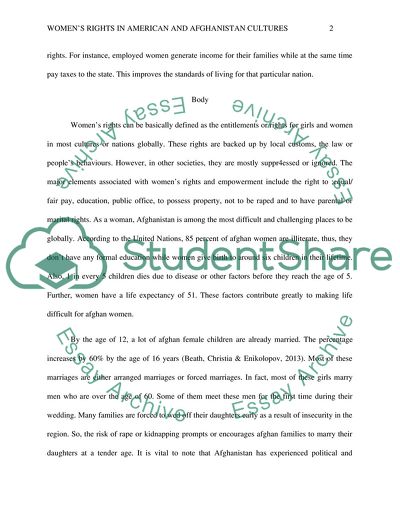Cite this document
(Deviancy vs Criminal in Different Cultures Essay, n.d.)
Deviancy vs Criminal in Different Cultures Essay. https://studentshare.org/sociology/1881499-deviancy-vs-criminal-in-different-cultures
Deviancy vs Criminal in Different Cultures Essay. https://studentshare.org/sociology/1881499-deviancy-vs-criminal-in-different-cultures
(Deviancy Vs Criminal in Different Cultures Essay)
Deviancy Vs Criminal in Different Cultures Essay. https://studentshare.org/sociology/1881499-deviancy-vs-criminal-in-different-cultures.
Deviancy Vs Criminal in Different Cultures Essay. https://studentshare.org/sociology/1881499-deviancy-vs-criminal-in-different-cultures.
“Deviancy Vs Criminal in Different Cultures Essay”. https://studentshare.org/sociology/1881499-deviancy-vs-criminal-in-different-cultures.


